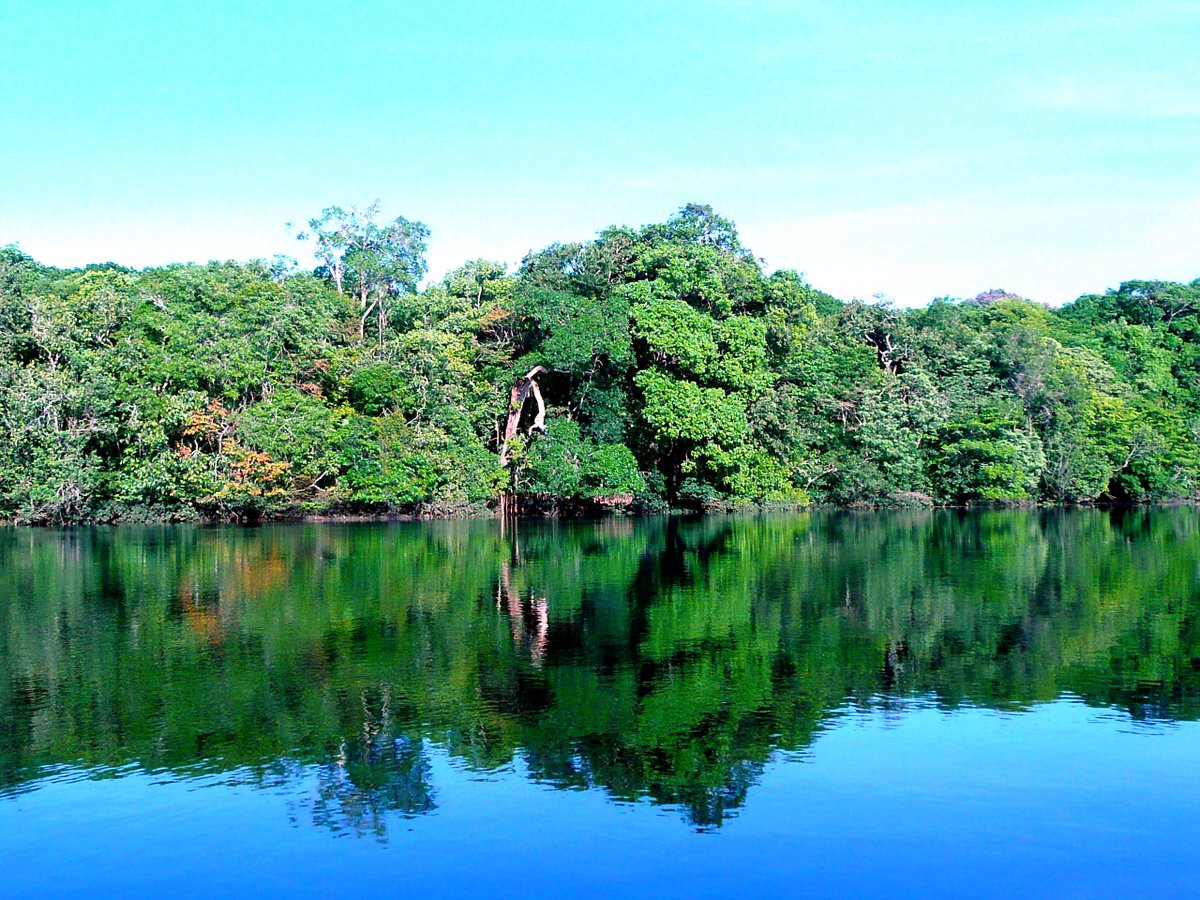
New field evidence from the #Amazonforest reveals that native savannas are expanding at the heart of the system due to forest #wildfires (a thread, 1/10). Open access at link.springer.com/article/10.100… 

During my PhD at @WUR and @PPGECOUFRN, supervised by Milena Holmgren, we studied the floodplain landscape of the middle Rio Negro, a remote region far from the agricultural frontier, where patches of white-sand savanna are scattered among well preserved forest (2/10). 

We mapped 40 years of wildfire history using satellite images, and collected detailed information in the field about tree species abundances, herbaceous plants and soil properties to assess if burnt forests were changing (3/10). 

Wildfires killed practically all trees, allowing the clay-rich topsoil to erode and become gradually sandy. Also the types of trees changed as species typical of white-sand savannas became increasingly dominant in burned forests, together with native herbaceous plants (4/10). 

Our findings demonstrate that native savannas can still expand in the Amazon, not along the Arc of Deforestation where invasive grasses are pervasive, but rather from the white-sand savanna patches scattered throughout the basin in remote regions (5/10).
This study provides field evidence that if the Amazonian climate becomes drier and fires more frequent, floodplain forests will probably be the first to collapse as an Achilles heel of the Amazon system (6/10). 

In only four decades, what used to be a forest now resembles a white-sand savanna, known locally as campina. The study also shows how the 2015/16 El Niño led to a burnt area seven times larger than the one accumulated in the previous 40 years at the middle Rio Negro (7/10). 

Further loss of floodplain forests could result in massive carbon emissions from the trees, soil and peatlands, and also reduce the availability of resources for local peoples, such as fish and forest products (8/10). 

One concern in particular is that warmer and increasingly severe droughts may intensify wildfire regimes and destabilize the system. An important question at this point is if fire can become contagious over broad forested areas at the core of the Amazon (9/10).
Our new findings reinforce the urgency of implementing a fire-management program in the Amazon before the next drought happens. If we want to maintain the Amazon forest, we must understand that floodplains are flammable and require special attention.
• • •
Missing some Tweet in this thread? You can try to
force a refresh



